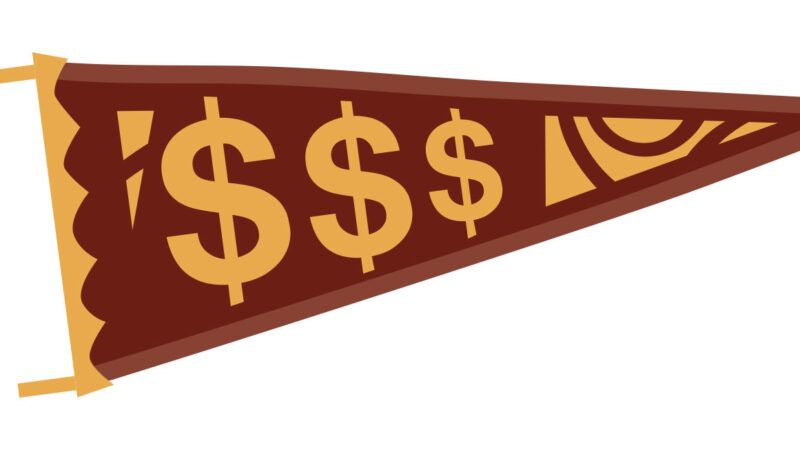How Rising Tuition Poked a Hole in the College Bubble
While the population has grown, the number of college students has declined in the past decade.

Decades of rising tuition and fees may finally be catching up with America's higher education system. According to data released in October by the National Student Clearinghouse Research Center (NSC), total undergraduate and graduate enrollment in the U.S. has declined by 3.2 percent since 2020.
"After two straight years of historically large losses, it is particularly troubling that numbers are still falling, especially among freshmen," NSC Research Center Executive Director Doug Shapiro said in a statement. "There are 4 million fewer students in college now than there were 10 years ago," The Hechinger Report's Jon Marcus noted in August.
While provosts may be panicking, future students could soon find themselves in a buyer's market. As one consultant working on college tuition decreases told The New York Times in December, "colleges are unable to fill up their classes at the price they're charging."
That realization led Colby-Sawyer College, a small liberal arts school in New Hampshire, to cut its tuition by 62 percent. Immediately after the tuition "reset" was announced, applications to the school increased 75 percent from the year before.
Once viewed as prestigious, high costs are now a deterrent, even if few students actually pay the full amount. "This phenomenon in higher education of a high sticker price [and] high discount is so confusing to families," Colby-Sawyer's president told the Times. "How many families are we not in conversation with because they see the sticker price and say, 'Not for me'?"
While more-selective colleges may be able to keep jacking their prices year after year, COVID-19 campus closures changed the calculus for many schools. "Students are quickly realizing they don't need to be held captive anymore to the integrated structure" of the residential college model, business professors Scott Latham and Michael Braun wrote in a June 2020 Inside Higher Ed article. Their comments were prescient: According to the NSC's data, the number of students 18 to 20 enrolled in "primarily online" institutions has increased 23.4 percent since 2020.
When adjusted for 2022's historically high inflation rate, average costs across nearly every type of college fell or remained flat last year. But there is still room for improvement. According to the College Board's October 2022 report on trends in college pricing, "Over the 30 years between 1992–93 and 2022–23, average published tuition and fees increased from $2,340 to $3,860 at public two-year, from $4,870 to $10,940 at public four-year, and from $21,860 to $39,400 at private nonprofit four-year institutions, after adjusting for inflation."
Students and their families are wising up and opting out.


Show Comments (40)